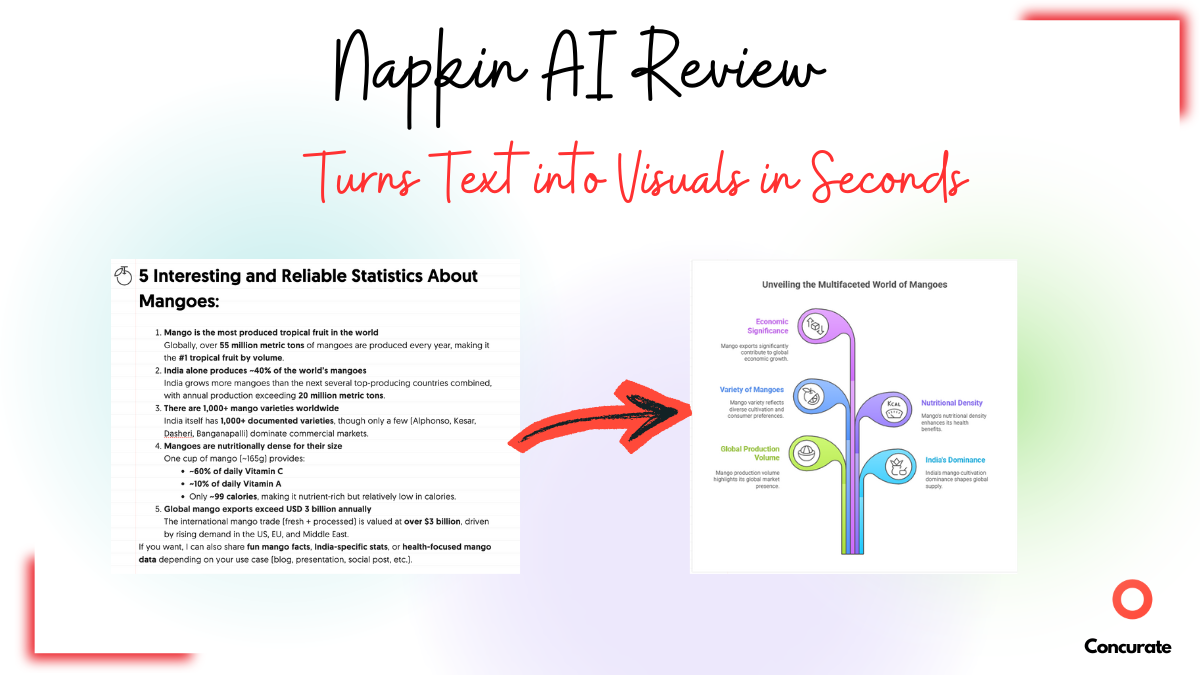When a company raises a round, product velocity usually accelerates overnight.
Teams expand, roadmaps move faster, integrations get prioritized.
But visibility rarely keeps pace.
Most brands rely on short-term channels like PR, social or maybe a few paid campaigns, to keep the momentum going. Those spikes fade as quickly as they appear.
Most brands face this same problem, momentary bursts that don’t compound. It’s a pattern we explored in why most B2B SaaS content fails and how to fix it.
What compounds is search demand.
Every month, tens of thousands of people look for ways to track their health in terms of sleep, nutrition, workouts, stress, glucose, steps or recovery.
They don’t care who builds the app. They care who answers their query first.
That’s the window Bevel can own.
The company already does what most trackers can’t, pull all those metrics into a single interface. If it starts showing up for the fragmented searches users make every day, it won’t just capture interest, it’ll define the “all-in-one health tracker” category before anyone else does.
Below, we’ll walk through three content plays that make that possible.
If you’re interested in working with us on this or content marketing in general, you can learn more or reach out here.
1. Target Health-Tracker Keywords to Capture Broad Intent
Most people don’t start by searching Bevel.
They search for what they want to track, like calories, sleep, steps, workouts,and habits.
That’s where the opportunity lies.
Right now, the bulk of search demand sits across hundreds of “tracker app” keywords. Each one represents a user problem Bevel already solves inside a single product.
A similar approach can be seen in 1Password’s inbound SEO playbook, where intent-first content fuels consistent discovery and conversions.
Here’s what the landscape looks like:
| Keyword | Difficulty | Volume |
| fitness tracker app | 73 | 4,900 |
| best period tracker app | 66 | 4,600 |
| habit tracker app | 62 | 3,800 |
| food tracker app | 81 | 3,500 |
| calorie tracker app | 85 | 3,200 |
| best nutrition tracker app | 43 | 2,200 |
| best workout tracker app | 53 | 2,000 |
| best food tracker app | 24 | 1,900 |
These aren’t awareness keywords, they’re install intent keywords. People searching here are already looking for an app.
By creating landing pages and blog content optimized for each of these categories, Bevel can show up for every health-tracking intent, not just one.
At scale, this approach aligns closely with what we call programmatic SEO for SaaS. Using structured templates to target hundreds of intent-based keywords efficiently.
This is even better, because Bevel unifies multiple functions in a single app. It can credibly rank for all of them, including fitness, calorie, period, and habit tracking, while competitors are limited to one niche.
This is the first layer of the inbound engine, owning category visibility before users even know they need an all-in-one tracker.
We’ve seen a similar playbook work brilliantly in ClickUp’s content strategy, where early content ownership turned visibility into a long-term moat.
2. Target Question-Based Keywords Around Popular Wearables
The next big pool of search demand sits around wearables such as Apple Watch, Garmin, Libre, and Fitbit.
Every day, millions of users ask Google how to make these devices do more.
They’re not browsing. They’re trying to solve a problem right now.
Queries like these:
| Keyword (Apple Watch) | Difficulty | Volume |
| how to track sleep on apple watch | 7 | 3,600 |
| can apple watch measure blood pressure | 18 | 3,300 |
| how accurate is apple watch calories | 4 | 2,900 |
| does apple watch track sleep | 20 | 2,700 |
| how accurate is apple watch heart rate | 6 | 1,600 |
Each question is a perfect entry point for Bevel.
Someone searching “how to track sleep on Apple Watch” already owns a device, already measures data, and already wants deeper insight.
Bevel can meet them there.
The brand publishes short, clear explainers that answer the question directly. Each one shows how Bevel connects or enhances that data.
This positions Bevel as the natural next step, not a competitor but a layer that unifies their existing setup.
This strategy does three things at once:
- Brings Bevel in front of qualified, device-owning audiences.
- Builds trust by solving a problem first, before any pitch.
- Educates users that fragmented tracking isn’t the end goal, connected tracking is.
These are the users closest to conversion. They’ve already invested in tracking their health.
Bevel just needs to show them there’s a smarter way to see it all in one place.
It’s the same logic that helped Nextiva improve its AI search visibility, meeting users right where their intent peaks.
3. Own the “How to Connect” Moment
There’s a moment every fitness app wants to intercept, when a user is about to install something new.
It happens when they type a question like “how to connect Fitbit to phone” or “how to connect Apple Watch to new phone.”
That’s high-intent traffic. People searching these terms aren’t browsing. They’re in setup mode, ready to install an app right now.
Here’s a snapshot of that keyword set:
| Keyword | Difficulty | Volume |
| how to connect apple watch to new phone | 2 | 5,600 |
| how to connect apple watch to phone | 13 | 700 |
| how to connect samsung watch to phone | 0 | 500 |
| how to connect dexcom g7 to phone | 0 | 450 |
| how to connect fitbit to phone | 1 | 400 |
These queries convert because the timing is perfect.
If Bevel shows up with short setup guides or one-minute videos explaining the process, and then adds a soft nudge like “You can also use Bevel to view all your data in one place,” the adoption barrier disappears.
Users are already downloading something to get their readings.
Bevel just has to be the app they discover while doing it.
This is where SEO moves from visibility to acquisition. Each search result here isn’t a view, it’s a potential install.
If you prefer a quick walkthrough, we’ve also shared a short video version summarizing these three plays and how Bevel can put them into action.
Bringing It All Together
These three plays work best as a system, not standalone tactics.
– Health-tracker keywords capture broad category demand.
– Wearable question keywords convert device users already tracking data.
– “How to connect” keywords intercept users moments before they install an app.
Together, they create a funnel that mirrors real user behavior, from curiosity → to setup → to adoption.
For Bevel, this means visibility across the entire intent curve.
Someone searching “best calorie tracker app” discovers Bevel.
Later, when they search “how to connect Apple Watch to phone,” they land again on Bevel’s setup guide.
That repetition compounds trust, and trust compounds installs.
If Bevel builds content around these clusters early, it can quietly dominate the long tail before bigger fitness brands realize how fragmented health-tracking search demand really is.
This is how small teams outrank giants: by matching intent, not budget.
You can take inspiration from 8×8’s content-led growth strategy which proves how focused, product-aligned content can drive thousands of qualified visits every month.
Want 30 tried-and-tested SaaS growth hacks? Fill the form below.
Turning Search Intent Into a Growth Engine
Bevel already has the product fit most health apps chase, one place to see everything that matters.
Now it can turn that advantage into compounding visibility.
The opportunity isn’t just to drive downloads. It’s to build ownership of the search space around everyday health tracking.
Each of these keyword clusters, including fitness, wearable, and connection, can serve as its own content pillar. Each pillar can be supported by short explainers, integration pages, and comparison posts.
A consistent publishing cadence (even two posts a week) can start ranking within months.
Over time, this inbound layer becomes the brand moat. When done right, even SaaS brands can grow user acquisition without spending a fortune. It’s consistency, not capital, that builds lasting visibility.
It would make Bevel the default answer when someone searches for any tracking-related need, before Fitbit, before Garmin, before the next funded startup.
The result: predictable discovery, steady installs, and visibility that compounds quarter over quarter.
That’s the kind of engine funding can accelerate, but only if it starts now.







